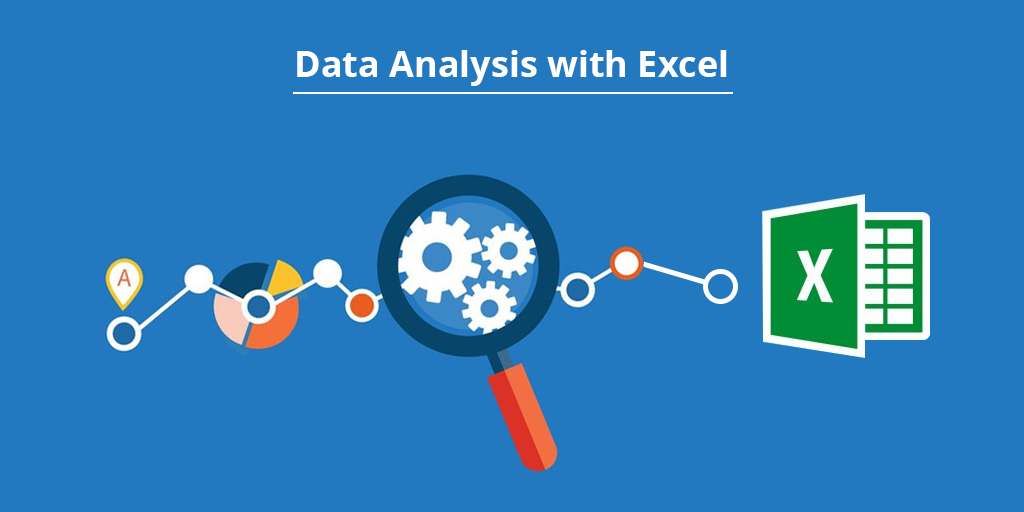Free eBooks for Beginners
Conditional formatting is a powerful feature in Excel that allows you to highlight cells in a spreadsheet based on certain conditions. This feature is useful for both beginners and experienced data analysts, as it can help you quickly identify trends and patterns in your data. In this article, we will explore conditional formatting in Excel, without the use of any code.
To use conditional formatting in Excel, you start by selecting the cells you want to format. Then, you can use the “Conditional Formatting” option in the “Home” tab to choose from a range of formatting options. For example, you can choose to highlight cells that contain a specific value, or cells that are above or below a certain threshold.
One of the most common uses of conditional formatting is to highlight cells based on their values. For example, you might choose to highlight cells with values above a certain threshold in green, and cells with values below that threshold in red. This can help you quickly identify which cells contain values that are higher or lower than you expect.
Another use of conditional formatting is to highlight cells based on the values in another cell or range of cells. For example, you might choose to highlight cells in a column based on the values in a corresponding row. This can help you quickly identify trends and patterns in your data, such as when values in one row are higher or lower than the corresponding values in another row.
Conditional formatting can also be used to highlight cells based on the values in multiple columns or rows. For example, you might choose to highlight cells in a column if they contain a value that is higher or lower than the average of the values in that column. This can help you identify cells with values that are significantly different from the average.
Another use of conditional formatting is to highlight cells based on a formula. For example, you might choose to highlight cells that contain a value that is calculated based on the values in other cells. This can help you quickly identify cells with values that are based on a formula, and it can also help you verify that your formulas are correct.
Finally, it’s important to note that conditional formatting can be customized in many ways. For example, you can change the color, font, and border of cells based on your specific needs. You can also choose from a range of built-in formats, or create your own custom format.
In conclusion, conditional formatting is a powerful feature in Excel that allows you to quickly highlight cells in your spreadsheet based on certain conditions. Whether you’re a beginner or an experienced data analyst, understanding how to use conditional formatting in Excel can greatly improve your efficiency and accuracy in analyzing data.
Excel Data Analysis for Beginner and Data Analyst : Tutorial 09 – Conditional Formatting
 Loading...
Loading...
Disclaimer: The information and code presented within this recipe/tutorial is only for educational and coaching purposes for beginners and developers. Anyone can practice and apply the recipe/tutorial presented here, but the reader is taking full responsibility for his/her actions. The author (content curator) of this recipe (code / program) has made every effort to ensure the accuracy of the information was correct at time of publication. The author (content curator) does not assume and hereby disclaims any liability to any party for any loss, damage, or disruption caused by errors or omissions, whether such errors or omissions result from accident, negligence, or any other cause. The information presented here could also be found in public knowledge domains.
